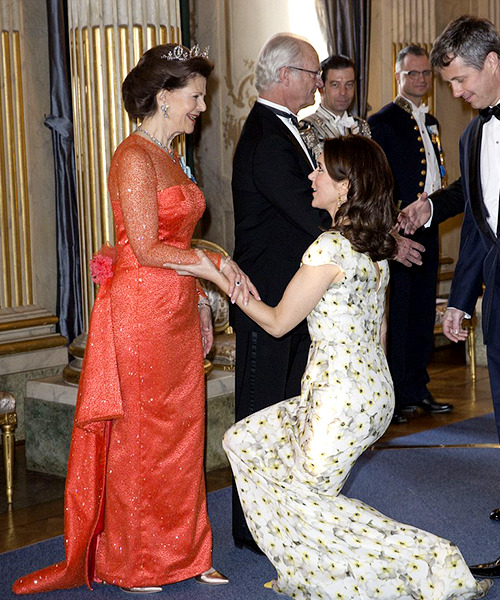thegriffithdc.com – In the intricate tapestry of monarchy, princesses have long played a pivotal role that extends far beyond the realms of ceremonial duties and public appearances. Their influence is profoundly felt in the sphere of patronage, where they champion causes, support organizations, and advocate for change. This article delves into the world of princesses and their engagement in patronage, exploring how this age-old tradition of royal duty has evolved into a powerful platform for advocacy and social impact.
The Tradition of Royal Patronage
Royal patronage is a time-honored tradition that dates back centuries. It involves members of the royal family lending their support and prominence to charities, organizations, and events, thereby raising awareness and encouraging public engagement. For princesses, this role is particularly significant, as it allows them to use their visibility and status to draw attention to important issues and to mobilize resources and support.
Advocacy and Social Impact
In recent years, princesses around the world have increasingly leveraged their positions to advocate for specific causes, turning the spotlight on issues such as education, health, poverty, and the environment. Their advocacy work is multifaceted, ranging from attending charity events and fundraising galas to visiting project sites and engaging directly with beneficiaries.
Princesses often choose causes that resonate with their personal interests or reflect their unique experiences. For instance, a princess who has overcome a health challenge might become a patron of organizations that support those with similar conditions. This personal connection not only lends authenticity to their advocacy but also inspires others to take action.
The Power of Visibility
One of the most potent tools at a princess’s disposal is her visibility. By associating themselves with a cause, princesses can significantly amplify its reach and impact. Media coverage of their engagements, speeches, and initiatives brings attention to the cause, while their endorsement can encourage donations and volunteerism.
Moreover, the digital age has expanded the scope of royal advocacy. Social media platforms allow princesses to connect directly with the public, sharing stories, raising awareness, and mobilizing support in ways that were previously impossible. This direct engagement fosters a sense of community and solidarity around the cause.
Challenges and Criticisms
Despite the positive impact of royal patronage, it is not without its challenges and criticisms. Some argue that the royal family’s involvement in advocacy can be superficial, with a focus on photo opportunities rather than substantive change. Others question the relevance of monarchy in modern society and the value of having unelected individuals serve as advocates for public causes.
Princesses and the royal family must navigate these criticisms carefully, ensuring that their patronage is meaningful and that their advocacy efforts are grounded in genuine commitment and action.
Conclusion
Princesses and patronage represent a unique intersection of tradition and modernity, where age-old royal duties are harnessed for contemporary advocacy and social impact. Through their engagement with causes and organizations, princesses have the power to inspire change, raise awareness, and mobilize support for important issues. As the world continues to evolve, the role of princesses in patronage and advocacy will undoubtedly adapt, but their commitment to making a difference will remain a constant in the ever-changing landscape of royal duty.
